The Ercoupe
Plane and Pilot
JANUARY 12, 2025
Many years ago, while working my way through college pumping avgas at the local airport, I discovered that one of our university deans owned a diminutive two-seat, twin-tailed airplanean Ercoupe. He was proud of his little bird, with its unique split sliding canopy, no rudder pedals, and a delightful art deco instrument panel.

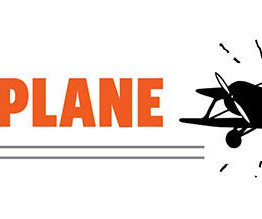

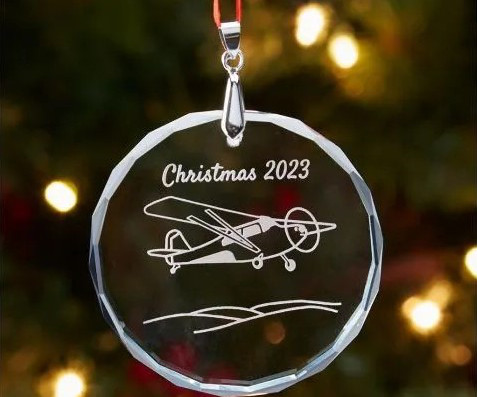

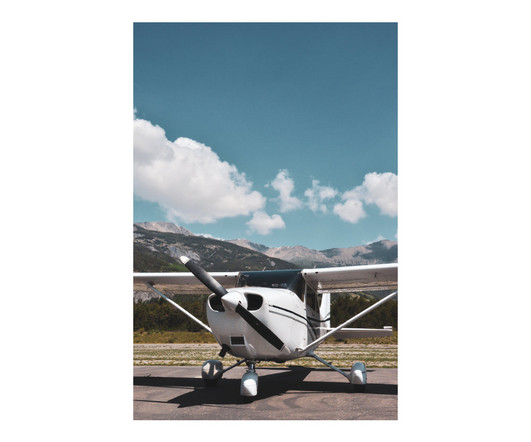
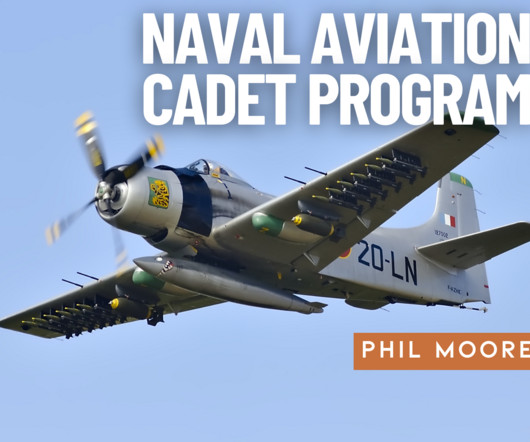





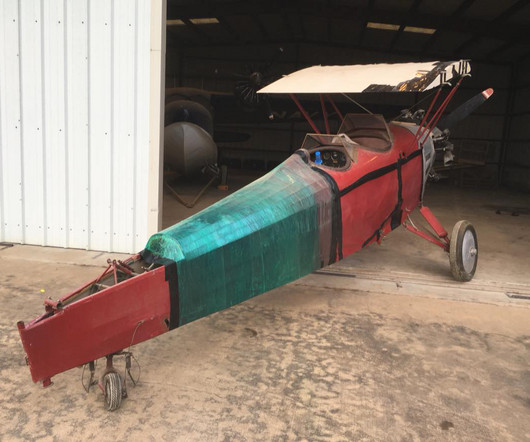

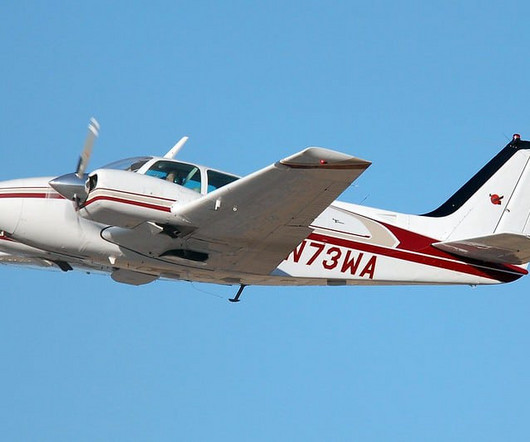



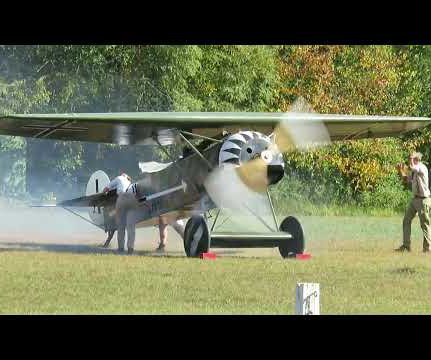






Let's personalize your content